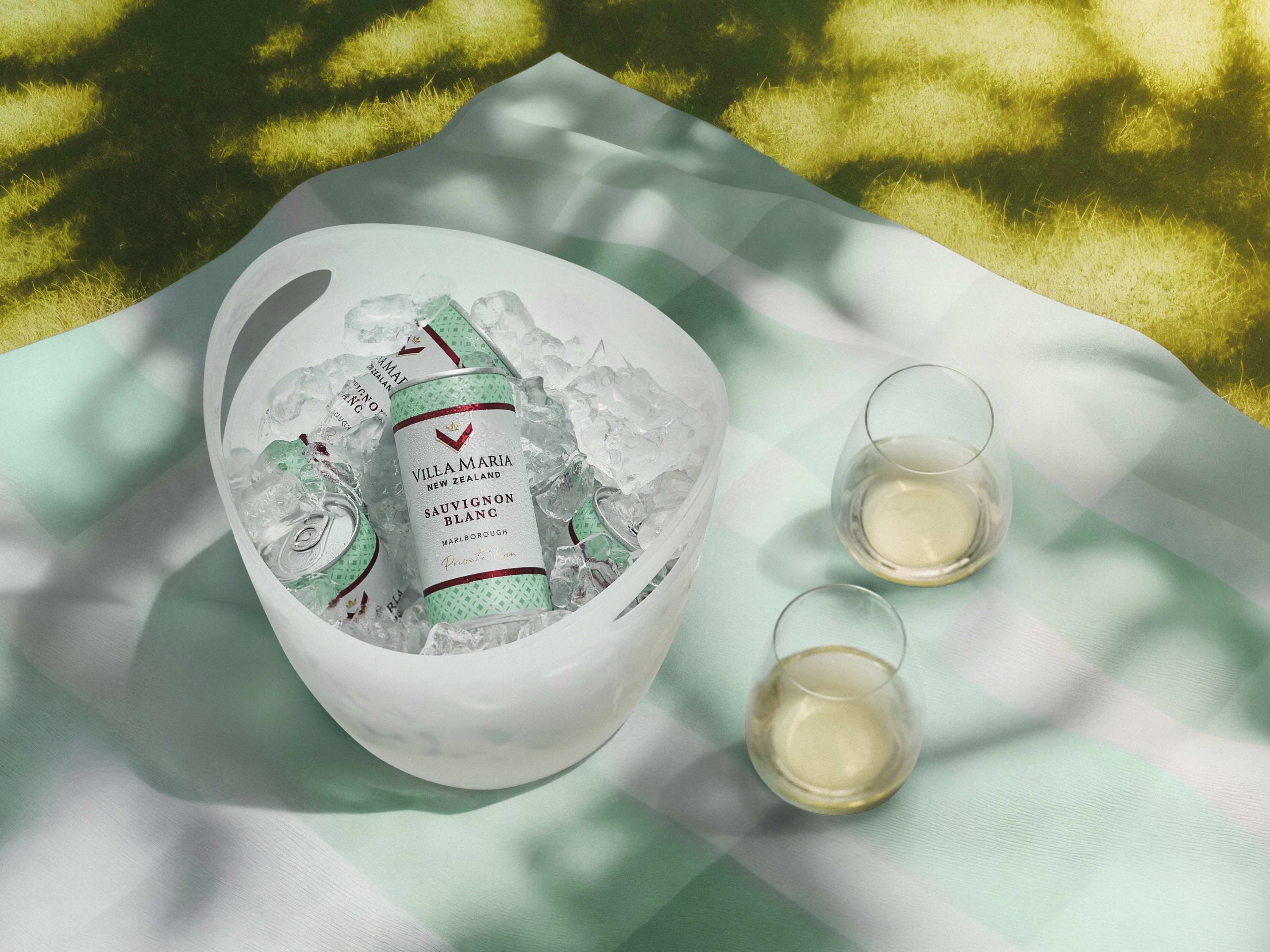The sight of a live volcano never ceases to amaze, but can you imagine planting vines on one? Plenty of ambitious Italian producers see the potential in doing so on Mount Etna in Sicily.
Behind every successful wine region or appellation there is always a good story to tell: Burgundy has got its climate recognised by UNESCO; Bordeaux prides itself on its unshakeable classifications; Napa was vitalised by beating the finest French in the renowned Judgement of Paris; Errazuriz and the Chileans have followed suit with their series of Berlin Tastings; Tuscany stands out with its bold and revolutionary “Super Tuscans” and now Barolo is delving into the world of prestigious crus.
Then there are the trendy hipster wine drinkers who want to get behind a wine movement and only drink orange or natural wines, which are fuelled by stories of reviving winemaking traditions and returning to the artisan basics and essentials of making wine. Indeed, in the congested fine wine market today, finding a good story behind the label seems to be more crucial than ever. If the story is able to justify the “taste”, it becomes part of the terroir.
So where do we go next to find the next winning story teller in the dazzling, yet jammed, world of wine? I think I may have found the answer: Mount Etna that sits pride of place in southern Sicily.
Mount Etna is far from being one of the most well-known Italian wine appellations, but its wines, made in the most fabulous but challenging terroir, have been rapidly attracting global attention over the last few years.
Etna Rosso
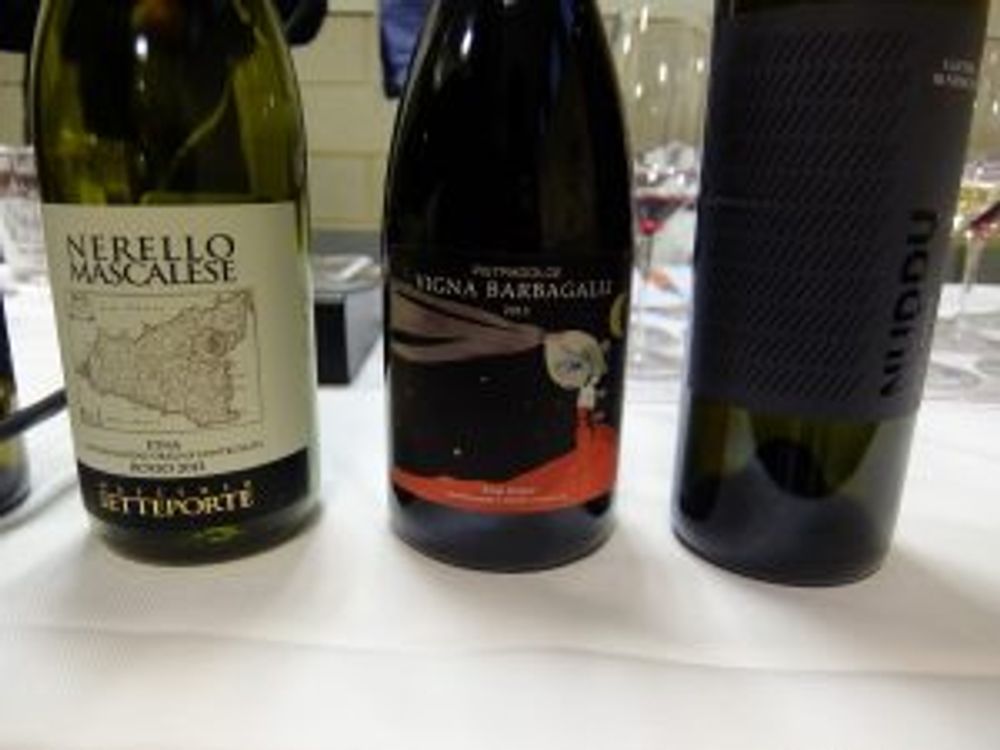
Under the spotlight is Etna Rosso, whose major component Nerello Mascalese is often compared to a variety marrying Nebbiolo and Pinot Noir. The traditional recipe also includes Nerello Cappuccio, which can be modestly added to soften the tannin of Nerello Mascalese while giving the wine more texture. From a fine Etna Rosso, you can often expect the vivid red fruit profile of a Pinot Noir on the nose while soaking up the tight structure and the demure seriousness that a Piedmonte Nebbiolo can offer on the palate.
The nobleness of this elegant, light-coloured variety is by no means the only story that Mount Etna tells. For one thing, the black, mineral-rich volcanic soil not only makes the region so unique, but it shines through in the distinct mineral taste that is the backbone to so many of the wine made here.
The delicate Nerello Mascalese is widely seen as the best suitable envoy to deliver this unique terroir message for Etna Rosso. There is no need for new oak to add any flavour to Nerello Mascalese. The overt spicy notes from a clumsy oak regime can mask the buoyant fruit characters and the mineral-driven austerity in the wine.
Instead the finest examples of Etna wine have been matured in aged and used barrels and larger oak vessels known as “botti”, so as to punctuate the subtle complexity and finesse that Nerello Mascalese can generously provide. Local producer, Graci, seems to be especially good at interpreting this “terroir” definition.
Etna Bianco
The white version, Etna Bianco, is much more low-pitched. Made mostly by Carricante and to a lesser extent, Catarrato, Etna Bianco tells another indigenous and terroir-oriented story with its enticing minerality underlining a layer of incisiveness in the glass. The best examples are complex, rich yet well-structured with crunchy acidity.
Carricante might still be relatively less well known amongst Italian white varieties, but with Etna Bianco it has the opportunity to shine.
High altitude

Vines don’t get much higher than on Mount Etna
Etna is also becoming well known as being a classic producer of increasingly popular and fashionable high altitude wine. Many of its top vineyards have even had their own, let’s say, “baptism of fire” from Mount Etna.
It is one of the highest vine growing appellations within Europe at up to 900 metres. The inhospitable environment of Mount Etna also makes viticulture an expensive activity, especially on the higher, elevated sites. But it is this altitude that gives the wines their natural high acidity, good freshness and elegant perfume.
Hand-harvesting is the norm across the elevated vineyards, as pickers have to make their way down the steep terraced sites, populated with black lava stones. It can be a painstaking job. A number of ambitious producers now have a wide selection of vineyards across these difficult slopes. The north-facing ones being especially cherished in a region like Sicily, where intense sunshine in hot and dry summers can hasten the fruit and destroy the elegance of the wine.
It is this extraordinary and exciting sight of seeing the intense, black volcanic soil, surrounded by vines, on such elevated vineyards that makes Mount Etna such a unique wine producing area.
Pre-phylloxera vines
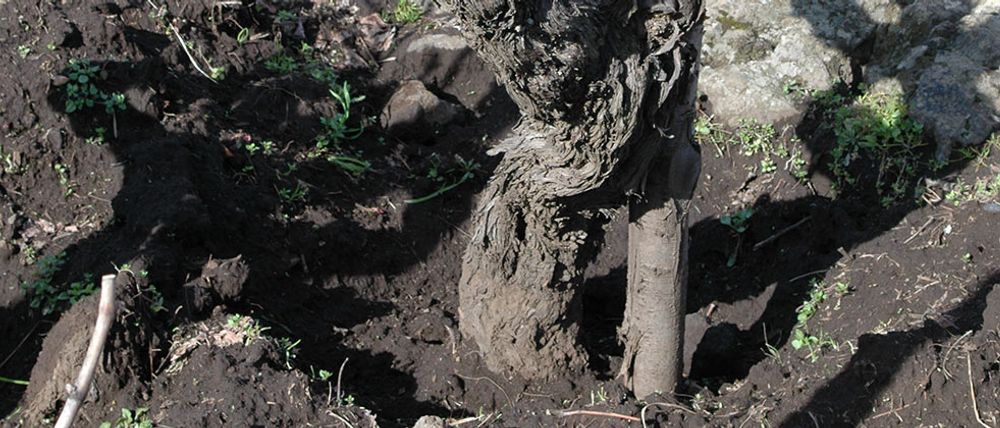
Ungrafted pre-phylloxera grafted vines help make Mount Etna wines’ unique
The fact that many of these vineyards are able to use ungrafted pre-phylloxera vines makes the area even more intoxicating. Phylloxera hit Sicily in 1879, so the youngestof these vines should be at least 138 years old.
These low-yielding vines help produce wines with great concentration, but are also well balanced. With Nerello Mascalese and Carricante you also find measured restraint and precision.
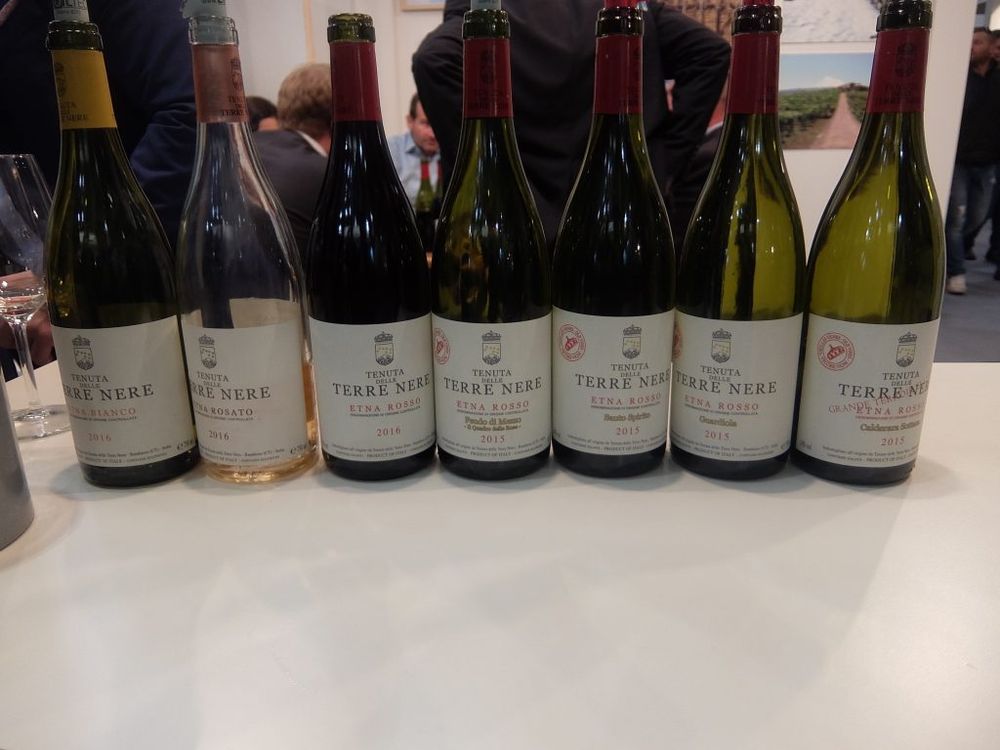
Marco de Grazia, owner of the leading producer, Tenuta delle Terre Nere, believes he is the first producer in the region to be using a very small plot (0.8 hectare) of pre-phylloxera vines. The success of his “Pre-phylloxera La Vigna di Don Peppino” has encouraged other local producers to follow suit and label their wines with “pre-phylloxera” underlined.
Many of these wines are made in vineyards where real pre-phylloxera vines are not in the majority. Where the average age of the vine is roughly just over 80 years old. But as “pre-phylloxera” is another lucrative story full of history and potential it won’t be surprising to see more producers claiming to have pre-phylloxera vines in the future.
But for my taste Tenuta delle Terre Nere and Pietradolce’s Vigna Barbagalli are perhaps the pinnacles of what “pre-phylloxera” vines can do and combine zippy concentration with real zest and elegance.
In a nutshell
So if you were summarising Etna’s wine story credentials then you would have to use the following taglines: Etna = Noble indigenous varieties + Volcanic Soil + High Altitude + Pre-phylloxera vines. Each with their own stories to tell.
Despite all these credentials Etna is still not a DOCG appellation by law. To many producers, it is just bureaucracy getting in the way.
But when you have a live volcano breathing down your back you don’t need to worry about attracting the attention of the wine drinking and wine writing world.
Some Etna wines to try
Here are some of my picks of Etna Rosso and Etna Bianco:
Etna Rosso:
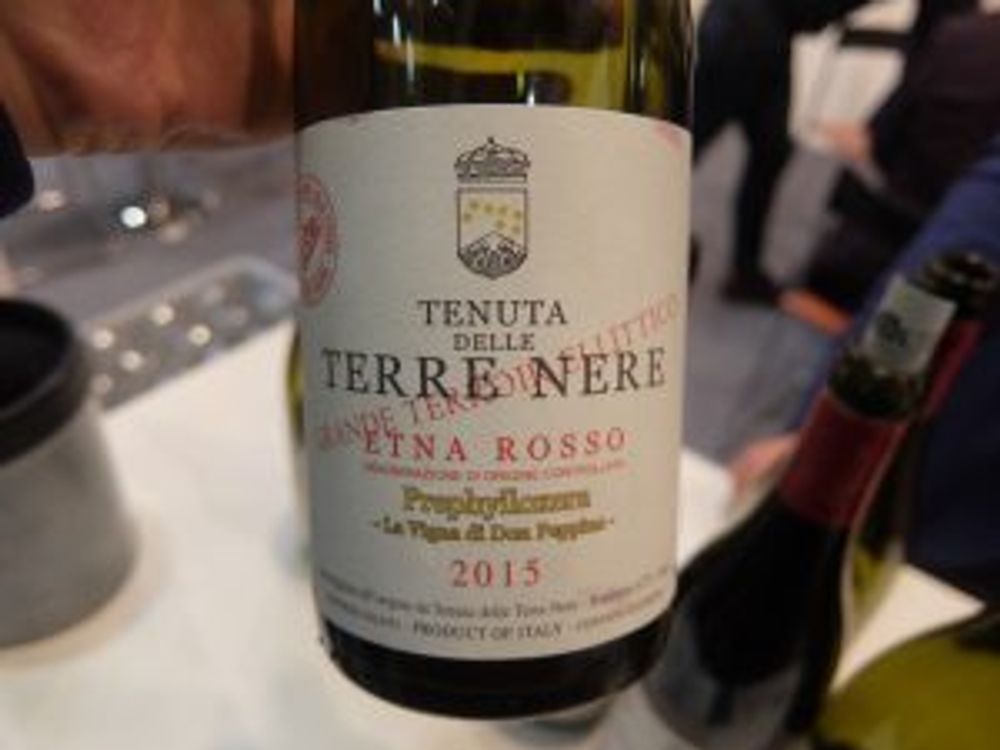
1. Tenuta delle Terre Nere Etna Rosso Prephylloxera La Vigna di Don Peppino 2015, ££££
14%
Nerello Mascalese and Nerello Cappuccio
Only around 3,000 bottles produced and vines are as old as 140 years old in the 0.8 hectare vineyard. Light orange rim with complex, detailed nose of dried plums, licourice and “mineral”. Lots of fine nuances here, very racy and integrated. A fine Burgundy nose, but is definitely more focused with a acute mineral leanness. Fine, restrained tannin with juicy mid-palate that goes on and on. Everything is there. This is a wine that makes me smile and nod.
2017-2032
2. Pietradolce Etna Rosso Vigna Barbagalli 2013 ££££
14.5%
Nerello Mascalese
Pre-phylloxera vines averaged about 80-100 years. Aged for around 20 months in French oak tonneaux. Very convincing nose with depth and width. Complex and alluring fruit: pure, vivid dried strawberries, Chinese hawthorn fruit with a tarry and mineral edge. Oak is perfectly hidden. Full-bodied, substantial, round and sappy with sinuous tannin, which is not deliberately extracted. Such a vinous wine! Lots of details and fineness, yet of course, powerful and age-worthy.
2017-2032
3. Tenuta delle Terre Nere Etna Rosso Calderara Sottana 2015, £££
14%
Nerello Mascalese and Nerello Cappuccio
Immense depth and complexity. Racy fruit, dried cherries, plums and licorice. Concentrated in flavors but not dense or weighty. Quite generous with lots of sweet fruit on mid-palate with a persistent finish.
Rating: 93/18
2017-2030
4. Cantine di Nessuno Etna Rosso Nuddu 2011, £££
13.5%
Nerello Mascalese and Nerello Cappuccio
Rich and more tertiary. Kind of earthy with complex dried plums, faint musk and savoriness. More vibrant fruit and freshness on the palate with polished tannin, but still very demure and massive. Juicy and fluent, with a persistent finish.
Rating: 92/17.5
2015-2023
5. Masseria Setteporte Etna Rosso 2013 ££
13.5%
Nerello Mascalese
Light garnet rim. Complex nose with a bit more rustic spicy edges. But very honest with some orange-peel above the fruit and the mineral edge. Round and rich with lots of fruit and sweet spices. Some more finely-grained tannin. Firm and a bit grippy. A very honest wine of good value.
2017-2025
6. Graci Etna Rosso Acuria 2014
14.5%
Nerello Mascalese
Medium garnet hue with a very fine nose displaying pure expressions of racy red fruit. Mineral, licorice and a bit of incense at first. Very balanced with a stony finish. Very slightly bitter.
2017-2025
$$-$$$
7. Piano dei Daini Vigna Vico Etna Rosso 2013
14%
Nerello Mascalese
More upfront sweet spices, cinnamon, orange peels and some black-wood hint. Savory fruit with a bit oxidative red apples. Again, some light oxidation with nuttiness on the palate. Juicy fruit wrapped in firm tannin. An interesting wine with personality, but maybe not for those who dislike deliberate oxidation?
2017-2022
$$
8. I Vigneri Vinupetra Etna Rosso 2014, £££
13.5%
Nerello Mascalese, Nerello Cappuccio
Deep crimson with savory fruit and sweet cinnamon-like spices. This is also slightly oxidative with ripe red apples and a shade of balsamic vinegar, but in a positive way. Generous palate with decent concentration and compact tannin. This feels a bit more sunnier than its peers with some black olives at the end.
2017-2022
Etna Bianco:
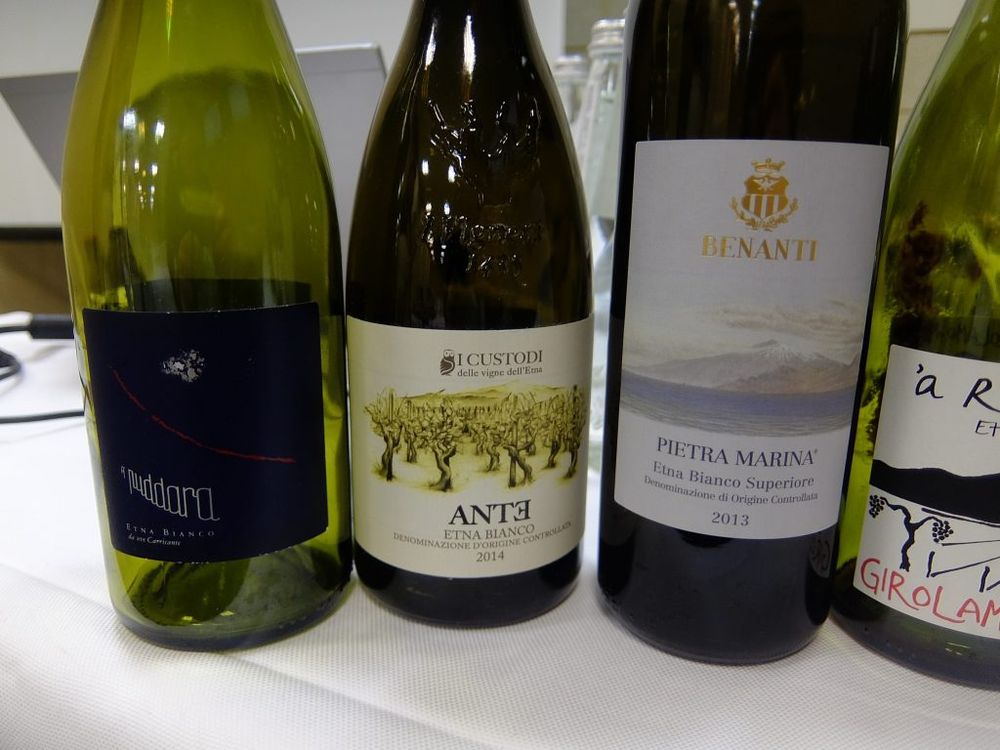
1. Pietradolce Archineri Etna Bianco 2016
Carricante
Pre-phylloxera vines of 100-120 years old. Very clean, zesty and flinty with a perfumed layer of peachiness. Round and substantial with a salty twist at the end. Elegantly rich and long with even more intense peachy hint on finish. No oak used.
2017-2023
$$
2. Tenuta di Fessina a’ Puddara Etna Bianco 2015, £££
12.5%
Carricante
Very creamy nose with lemon zest and a mineral edge. Oak is a bit obvious but does not hinder fruit and “terroir”-expression. There is very decent intensity, weight and succulence on the mid-palate, apparently more refined and bright. Somewhat Burgundy-like with good fineness.
2017-2023
3. Planeta Eruzione 1614 Carricante 2015, ££
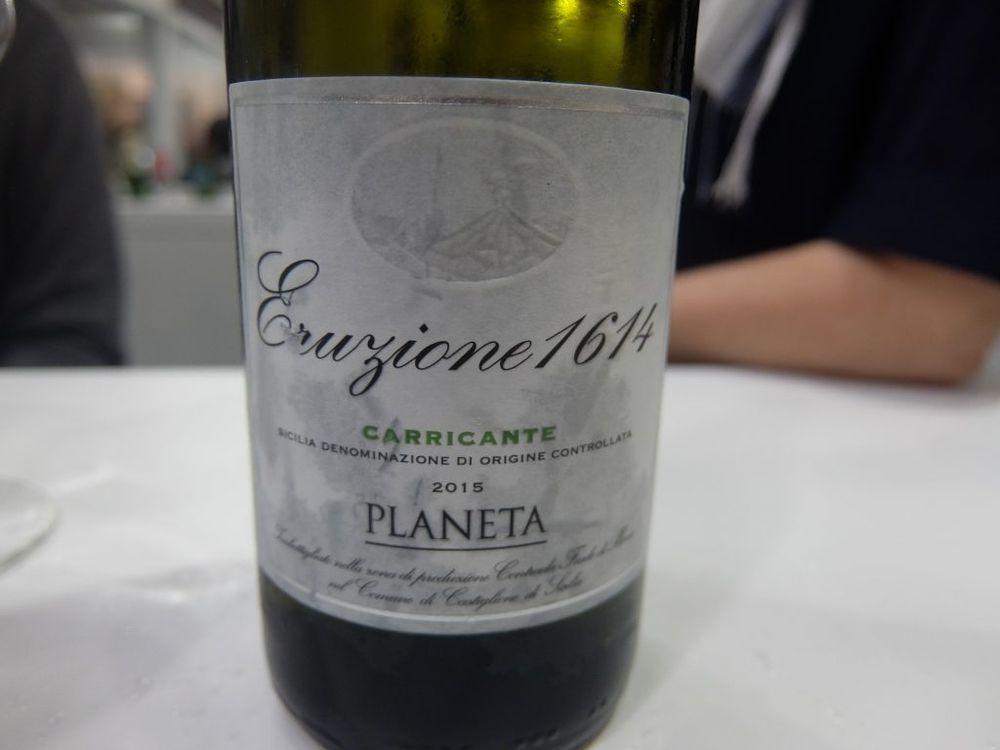
90% Carricante, 10% Riesling
Good depth with chunky minerality and oozes an elegant floral tinge. Quite clean and flinty palate, dry and nearly salty before finish. A good austere layer behind the fruit. A promising blend with Riesling planted high up on the mountain.
2017-2023
4. I Custodi delle Vigne dell’Etna “Ante”2014, £££
12.5%
Carricante , Minnella, Grecanico
Distinctive elder flower on the nose with a savory edge, but far from being oxidized. Very nice complexity. Ripe fruit with a mineral background. Quite clean and pure with well-balanced acidity.
2016-2021
5. Benanti Pietramarina Etna Bianco Superiore 2013, £££
12.5%
Carricante
Light gold hue with some oxidation. Yeasty on the nose with red apples and orange. Sweet, ripe fruit with a bit of evolved nutty character and lees on the rounded palate. A bit weak on acidity and less nervy, but quite leesy and well-balanced.
2017-2019
$$$


